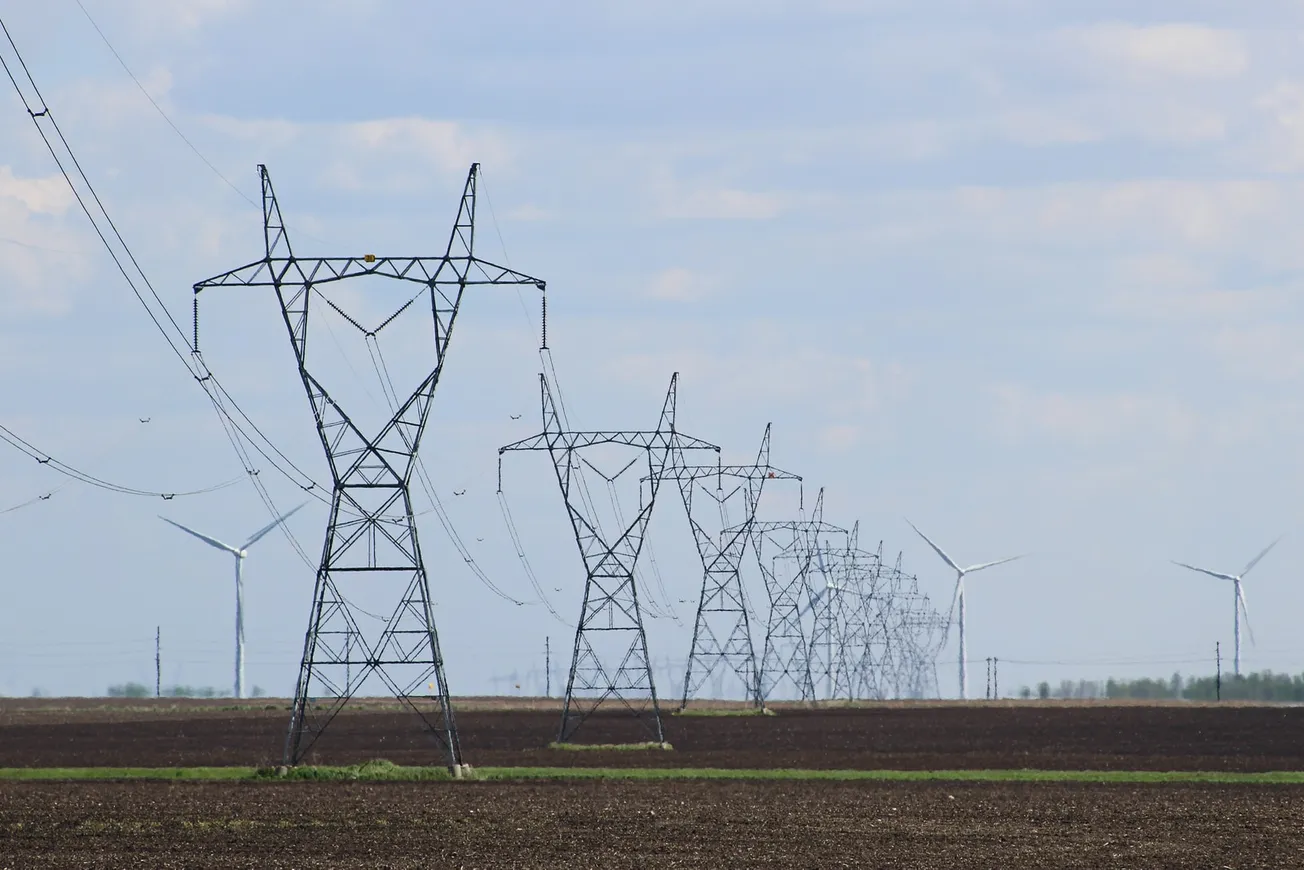Ronald Stein
cfact.org
Ron Stein is an engineer who, drawing upon 25 years of project management and business development experience, launched PTS Advance in 1995. He is an author, engineer, and energy expert who writes frequently on issues of energy and economics.
California has always advertised itself as being the “leader”, but the UK has gone one-up on California with their creative EV charging regulations. Turns out that EV charging may be another source of revenue for the UK:
UK regulations coming into force in June 2022, will restrict charging times, as new chargers in the home and workplace are to automatically switch off in peak times to avoid potential blackouts.
- New UK chargers will be pre-set to not function during 9-hours of peak loads, from 8am to 11am (3-hours), and 4pm to 10pm (6-hours).
- In addition, all home installed UK electric vehicle chargers will be required to be separately metered and send this information to a Smart meter data communications network.
- Potentially, this UK legislation allows the electricity used for charging EVs to be charged and taxed at a higher rate than domestic electricity.
The UK technology enacted also enables the rationing of electricity for EV charging because the UK government can decide when and if an EV can be charged, plus allowing the EV battery to be drained into the UK grid if required.
The UK’s charging legislation going into effect June 2022, may be a prelude for new American charging legislation to protect the grid and become a source for greater rate revenue generation from those that can afford EVs.
According to the International Energy Agency (IEA), the global electric vehicle fleet expanded significantly over the last decade, underpinned by supportive policies and technology advances to boost the stock to 7.2 million electric cars. Today however, there are 1.2 billion vehicles on the world’s roads with projections of 2 billion by 2035. Obviously, more EV’s are coming on to be charged from unstable electrical grids.
Before you commit to an EV, calculate your total annual cost for fuel for your present vehicle. With electricity prices on the rise, and the potential for the electricity for EV charging to be even higher than domestic rates, there may be a shock (again, no pun intended) about potential savings to join the EV revolution.
Toyota recently warned the world that the world is far from ready to jettison gasoline and diesel engines and require batteries to run our replacements. Toyota is one of the world’s two largest auto and truck manufacturers — twice the size of General Motors (GM), our biggest. When Toyota speaks, car buyers listen. Hopefully, our elected officials will as well.
Robert Wimmer, Toyota’s head of energy and environmental research, testified in 2021 before the U.S. Senate warning of electricity supply problems.
Wimmer’s remarks came on the heels of GM’s announcement that it will phase out all gas internal combustion engines by 2035. Other manufacturers, including Mini, have followed suit with similar announcements that may be leading to a consumer disaster. To meet the emission regulations being imposed on the automobile manufacturing sector they are being “regulated” toward zero emission vehicles.
For Toyota, it is not just about finding enough critical EV battery material such as lithium, cobalt, and nickel. It’s also about:
- having enough electricity in the power grid to recharge EV batteries.
- the anti-humanism of climate radicalism associated with the exotic minerals and metals that is discussed at length in the Pulitzer Prize nominated book “Clean Energy Exploitations – Helping Citizens Understand the Environmental and Humanity Abuses That Support Clean Energy,”.
- the wealthier and healthier countries like Germany, Australia, Britain, and America that continue to exploit the most vulnerable people in the world with yellow, brown, and black skin, and environments of the world today for them to go “green”.
Today, most states have an adequate electricity supply, but if proposals banning natural gas in new homes and buildings, and demands for EV recharging skyrocket, states could face the same brownouts as California and China.
China currently has the most EVs on the road while California leads the U.S. with about half of all EVs in America being in the temperate climate of California. China and California, which have large wind and solar farms, have grid overload and increasingly, people are losing electricity. It is likely to be far worse in the future.
Toyota’s alarm is a good thing. Addressing the electricity shortfalls now, before our backs are against the wall, is even better. But the UK idea of charging (pardon the pun) EV owners more for the electricity to charge their EV batteries, may be another nail in the coffin for the publics’ acceptance of an affordable EV future.
Add in that several EV automobile manufacturers have issued safety warnings about it being unsafe to park underground due to potential EV battery fires, and to not charge unattended, may make EV ownership a very bad deal.
Increasing electricity rates, and possibly higher rates just for EV charging may be an important civil rights issue that especially disadvantaged minorities (Blacks and Hispanics) should be watching.









